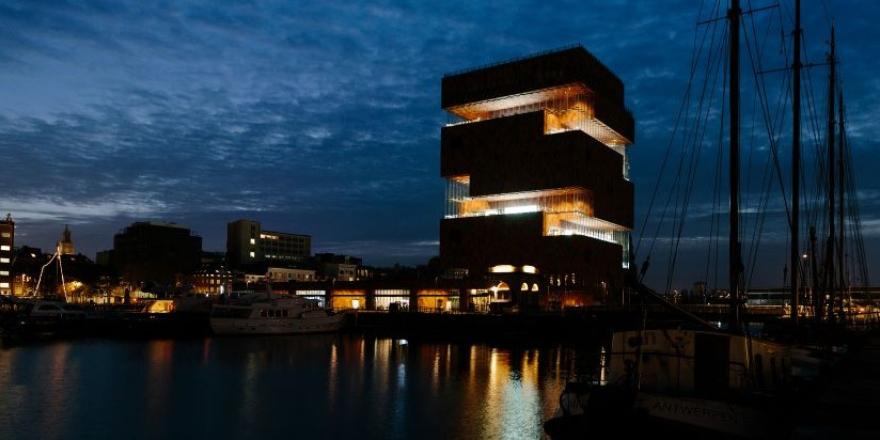
44 Results for "Telegram @gabuacci to Buy wordt in Rotterdam Netherlands"
Did you mean: Telegram @gabuacci to Buy world in Rotterdam Netherlands

44 Results for "Telegram @gabuacci to Buy wordt in Rotterdam Netherlands"
Did you mean: Telegram @gabuacci to Buy world in Rotterdam Netherlands